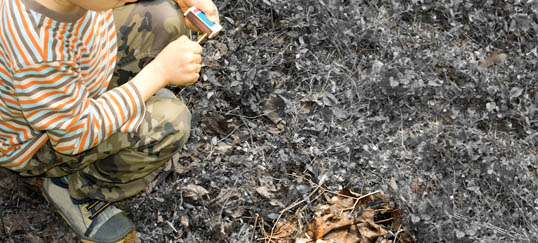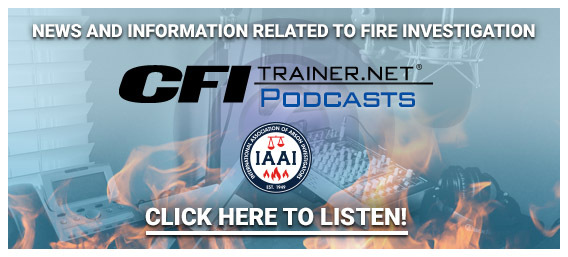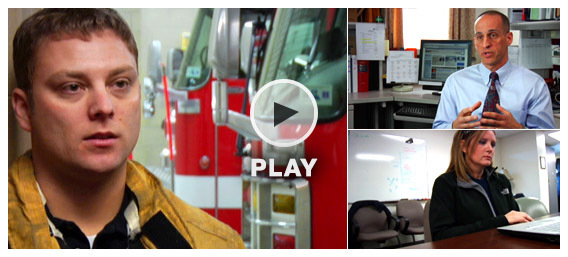Introduction to Youth-Set Fires
Credit Hours:
3
Approximate reading time:
0.5 Hours
Approximate online time:
0.5 Hours



Program Abstract
Youth-set fires are a significant and persistent problem. Statistics have shown that youths are responsible for a high percentage of arson fires in the United States. Research has shown that most adult serial arsonists and many other types of serial criminals set fires as children. We know that intervention at a young age, when fire setting behavior first begins, can make a difference and prevent future tragedy. The fire investigation is a crucial part of the process of determining if a fire is youth-set and identifying the responsible youth so the proper agencies can intervene. The fire investigator plays a pivotal role in this process. Yet, many fire investigators are not properly prepared for this aspect of their job.
This self-paced program is an introduction to the topic of youth-set fires. The program provides foundational background on the scope of the youth-set fire problem, the importance of rigorous fire investigation in addressing this problem, and the role of key agencies in the response to a youth-set fire. The program then presents the responsibilities of the fire investigator when working a youth-set fire.
In this program, the following terms are used and this is how they are defined for use in this program:
Youth: An individual under the age of 18.
Firesetting behavior: Willful actors who consistently use fire as an instrument of purposeful action [OJJDP Bulletin, May 2005]
Misuse of fire: any behavior involving the improper or unapproved use of fire, including: juvenile firesetting, fire lighting, juvenile arson, youth firesetting, child arson, fire play, experimentation, playing with lighters or matches, and other fire-related incidents (e.g. fireworks, explosives or bottle bombs, pulling a false alarm, igniting aerosols or accelerants, observing others misusing fire) [University of Michigan Trauma Burn Center]
Fire interest: a general preoccupation with fire but an absence of direct participation with fire [OJJDP Bulletin, May 2005]
Firestarting (fire setting): any unsanctioned incendiary use of fire including both intentional and unintentional involvement, whether or not an actual fire and/or explosion occurs [NFPA 1035: Standard for Professional Qualifications for Fire and Life Safety Educator, Public Information Officer, and Juvenile Firesetter Intervention Specialist, 2015 Edition, section 3.3.16*]
A second self-paced program in this series covers Legal Aspects of Youth-Set Fires






























































































